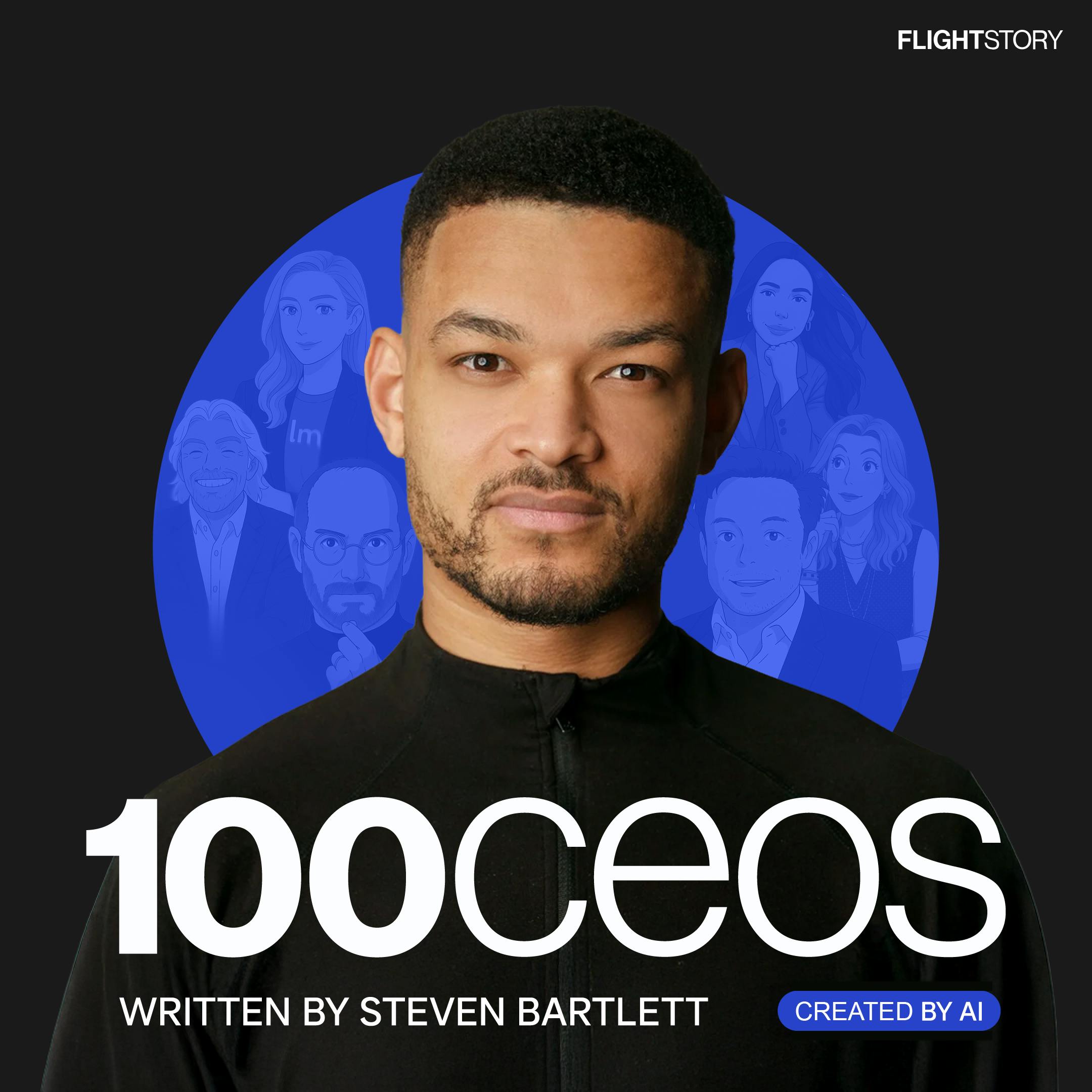
100 CEOs with Steven Bartlett
Latest Business Ideas
Curated niche digital content marketplace (iTunes model)
This idea is to launch a curated, vertically-integrated digital marketplace for a specific content niche (e.g., independent podcasts, niche audio courses, regional music, thematic stock media) modeled after the iTunes approach: combine seamless purchasing/consumption experience with fair economics for creators. Implementation includes selecting a narrowly defined niche with clear unmet distribution problems, building a storefront (web + mobile) that integrates content delivery and payment, onboarding a curated set of creators to populate the catalogue, and emphasizing discoverability and UX (one-click purchase, curated collections). The episode highlights iTunes as a new distribution model — the lesson is to own the ecosystem where possible and make discovery + transaction frictionless. This solves discoverability and monetization pain for small creators and gives customers an easy way to find quality, curated content. Target customers are creator communities, niche content producers, and small labels/collectives. Specific tactics implied by the episode include focusing on integration (content + store), curation over volume, and aligning incentives with creators. Initial approach can start as a revenue-sharing marketplace with minimal tech (headless CMS + payment integration) and scale to native apps and richer integrations once traction is proven.
From: What Apple’s Early Failures Taught Steve Jobs About Success! 10 Principles That Made Him Unstoppable
Minimal-core SaaS focused on one job-to-be-done
This idea is to build a software product (SaaS) that intentionally strips features to a single, clearly defined job-to-be-done, delivering an exceptionally simple, immediate user experience. The podcast highlights the iPod/click-wheel story as an example: instead of piling on controls, design the product so the essential flow is effortless. Implementation steps include: define the single core user outcome (e.g., "create a one-page product demo video in 5 minutes"), design an ultra-simplified UI and onboarding that removes obstacles, build an MVP with only the features required for that core flow, and iterate from real usage rather than adding speculative features. This solves feature bloat and slow adoption that many digital products face — customers churn when products are complex. Target customers are founders building niche SaaS, indie developers, or creators launching digital tools who want rapid adoption through simplicity. The episode explicitly references the click-wheel design and the discipline of removing non-essential features; use that as a playbook: prototype extreme minimal interfaces, test for instinctive usage, and say “no” to features that don't improve the core experience. This approach is suitable for no-code or lightweight engineering stacks to get to market quickly.
From: What Apple’s Early Failures Taught Steve Jobs About Success! 10 Principles That Made Him Unstoppable
Story-driven product launch & brand positioning service
This idea is a specialized marketing/branding service (agency or consultancy) that helps digital product founders craft launch narratives and ongoing brand stories that prioritise values and emotional resonance over specs. It recreates the Jobs approach: frame the product within a clear, simple story that communicates why the product changes the customer's life rather than listing technical features. Implementation would involve discovery workshops to extract the core value/mission, developing a single central narrative (hero's journey / 'what problem are we solving in human terms?'), scripting a launch presentation or campaign, and producing assets (video opener, keynote script, landing page copy) that embody that story. This service solves the common problem SaaS and digital-product founders face: competing on specs leads to commoditization and poor user connection. Target customers are early-stage SaaS founders, indie app makers, digital creators, and niche marketplaces who need memorable positioning to stand out. Tactics discussed in the episode that directly inform the implementation include building a single coherent message (the iPhone as "one device" story), launching via a crafted presentation/event, and aligning marketing to values (Apple's "Think Different" campaign). A founder could start this as a boutique consultancy offering packaged storytelling + launch playbook engagements, or as a DIY digital product (templates + training) for creators.
From: What Apple’s Early Failures Taught Steve Jobs About Success! 10 Principles That Made Him Unstoppable
Recent Episodes
What Apple’s Early Failures Taught Steve Jobs About Success! 10 Principles That Made Him Unstoppable
Host: Steven Bartlett
3 ideas found
Get Business Ideas from 100 CEOs with Steven Bartlett
Join our community to receive curated business opportunities from this and hundreds of other podcasts.